Bold Leadership for Sustainability
September 28, 2025
Reflect
When Paul Polman became CEO of Unilever in 2009, the world was reeling from a financial crisis. Investors wanted stability, predictable returns, and quarterly reports. Polman made a bold choice. On his first day, he announced that Unilever would no longer provide quarterly earnings guidance. Instead, he asked shareholders to join him on a longer journey.
He launched the Unilever Sustainable Living Plan, committing the company to cut its environmental footprint while continuing to grow the business. Critics warned that sustainability would drag down profits. But as Polman wove it into sourcing, supply chains, packaging, and product design, Unilever delivered consistent growth and became a global example of success with purpose.
Today, climate change is not a distant risk but a business reality. The World Economic Forum ranks climate action failure as one of the top threats to global stability, with trillions of dollars in potential losses tied to disrupted supply chains, extreme weather, and shifting consumer expectations.
Polman’s story shows that leadership is not only about hitting near-term targets. It is about courage to rethink the rules, resilience against resistance, and vision to make decisions that matter for both profit and planet.
Implement
This week, pause and look at your own decisions. Where can you choose a path that is more climate-friendly, either personally or as a leader?
If the next decade depended on one decision you make today, what would it be?
Then take one concrete step. It might be reducing unnecessary travel, choosing a more sustainable supplier, cutting down on packaging, shifting toward renewable energy, or auditing the footprint of one product or process. Small actions, done consistently, can set a new trajectory for impact.
Strengthen
If sustainability feels overwhelming, start with the basics.
👉 Watch Climate Change 101 with Bill Nye (National Geographic, 4 min) — a simple, straightforward explainer of the greenhouse effect and why it matters.
👉 Explore the easy to use Carbon Footprint Calculator from Carbon Newbie to see the impact of everyday choices.
Elevate
Sustainability is not a side initiative. It is a leadership competency. The boldest leaders are those making decisions today that respect long-term impact while still delivering results. Their example reduces risk, sets the tone for others, and builds collective momentum for change.
The science is equally clear on personal impact. The UN reports that global emissions must fall nearly 50 percent by 2030 to avoid the worst outcomes, and climate shocks are projected to push more than 130 million people into poverty by the end of this decade. For leaders, the challenge is to align business choices with human consequences in ways that build resilience, trust, and long-term value.
Momentum Insight
AI has raised important questions about its environmental footprint. Google recently published one of the first transparent studies measuring the energy, water, and carbon impact of AI usage. Their 2025 analysis of Gemini AI found that a single everyday text prompt consumes about 0.24 watt hours of electricity (about the same as running an LED bulb for a few seconds), produces 0.03 grams of CO₂e (similar to driving a gas-powered car a few inches), and uses 0.26 milliliters of water (just a few drops).
These are early benchmarks, but they matter. The deeper leadership lesson is about transparency and responsibility. Google measured the full stack, from chips and host systems to cooling and overhead, and made the data public. That level of openness sets a standard for how innovation and sustainability can advance together.
For leaders, the takeaway is clear: technology will always carry a footprint, but it also carries the potential to solve the very challenges it creates. The work is not to slow innovation but to direct it with care and responsibility. One simple practice is to ask for this same level of visibility in your own organization, whether from vendors, teams, or technology partners. Responsible use of technology is no longer optional. It is the mark of leadership.
👉 Read Google’s full report: Measuring the environmental impact of AI inference
Next week: The Power of Clarity.A clear message can cut through noise and change everything.
Subscribe to The Weekly Momentum.

